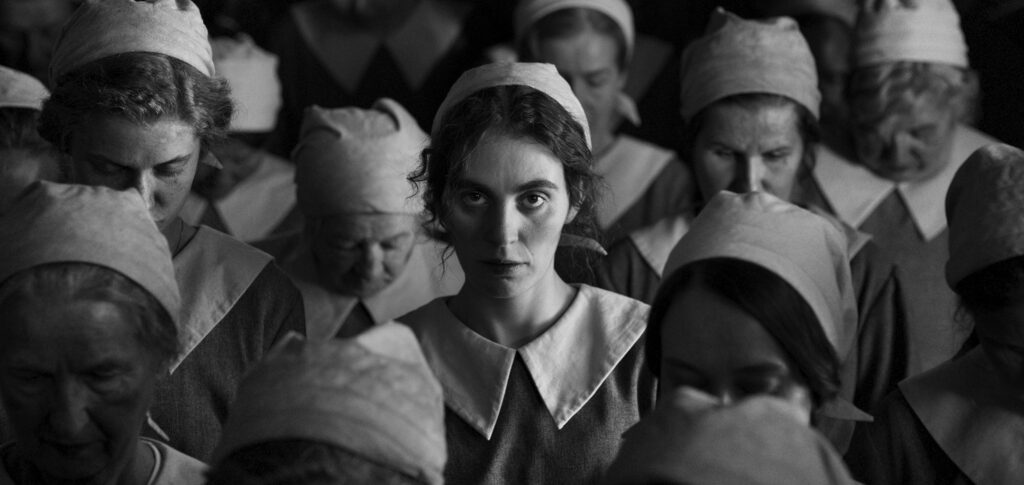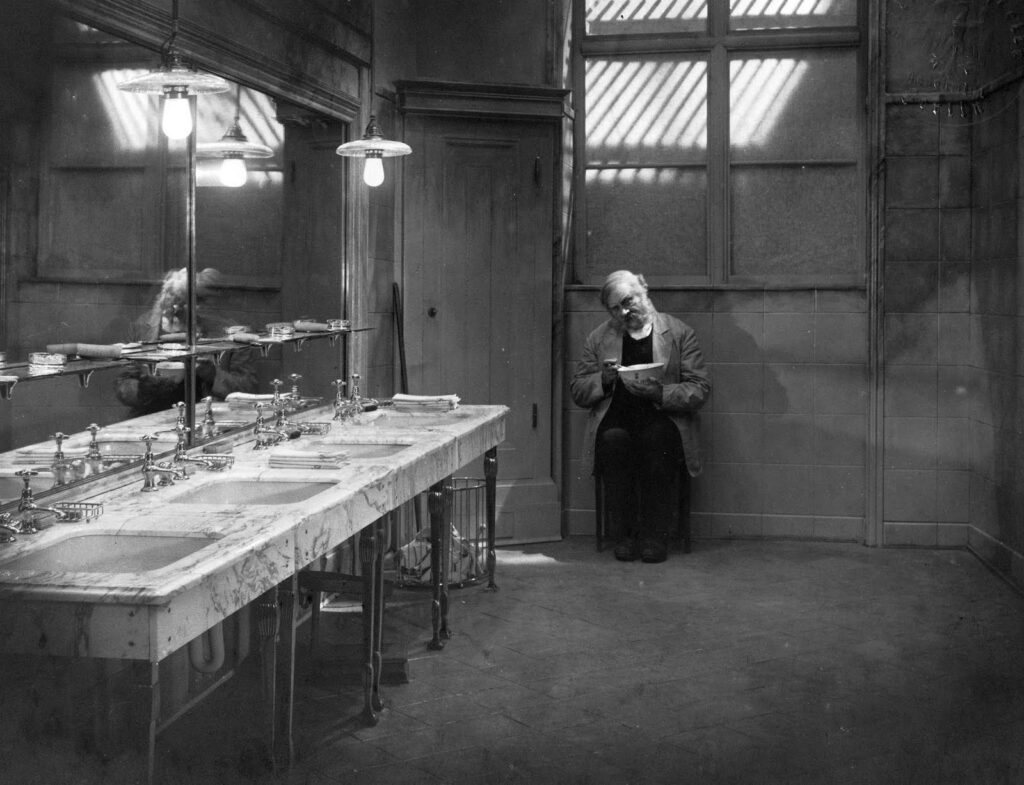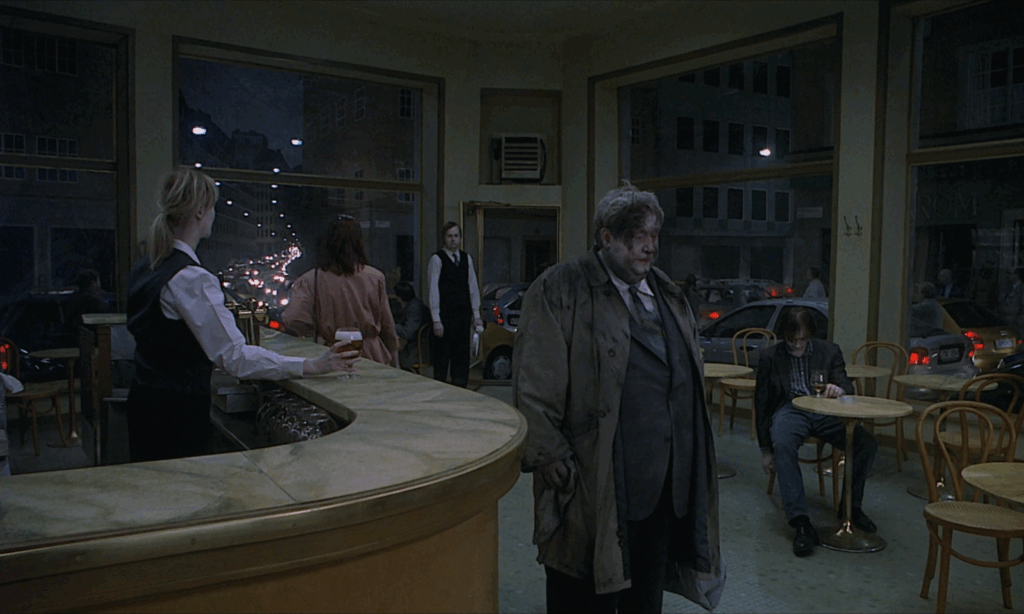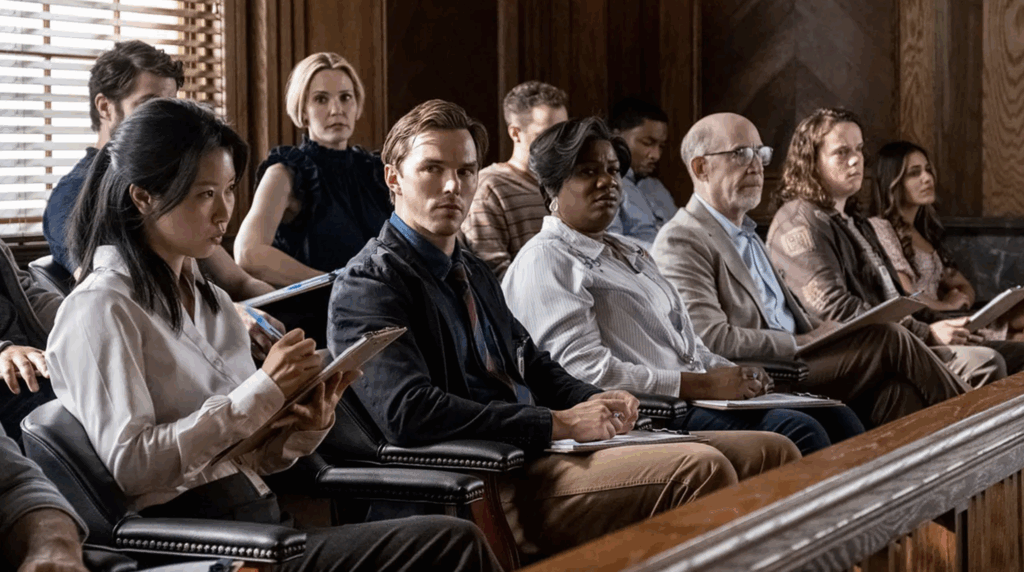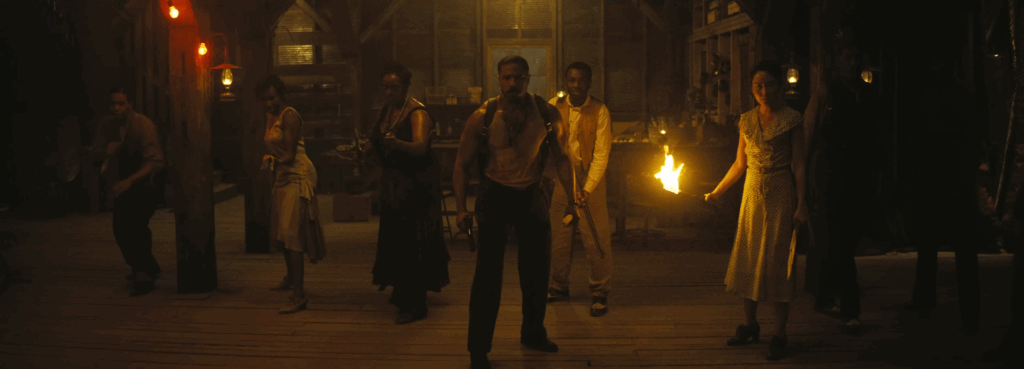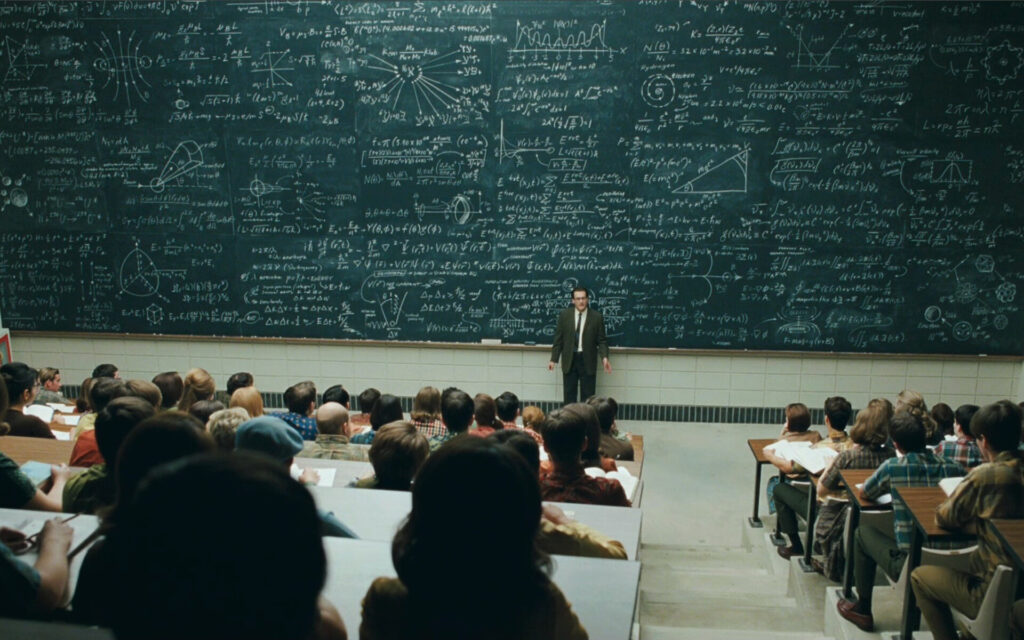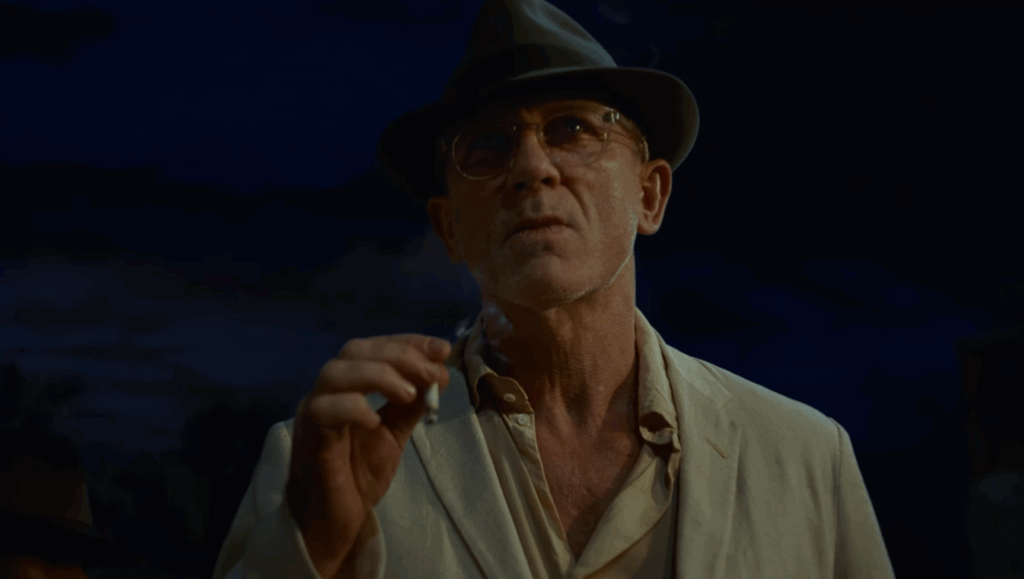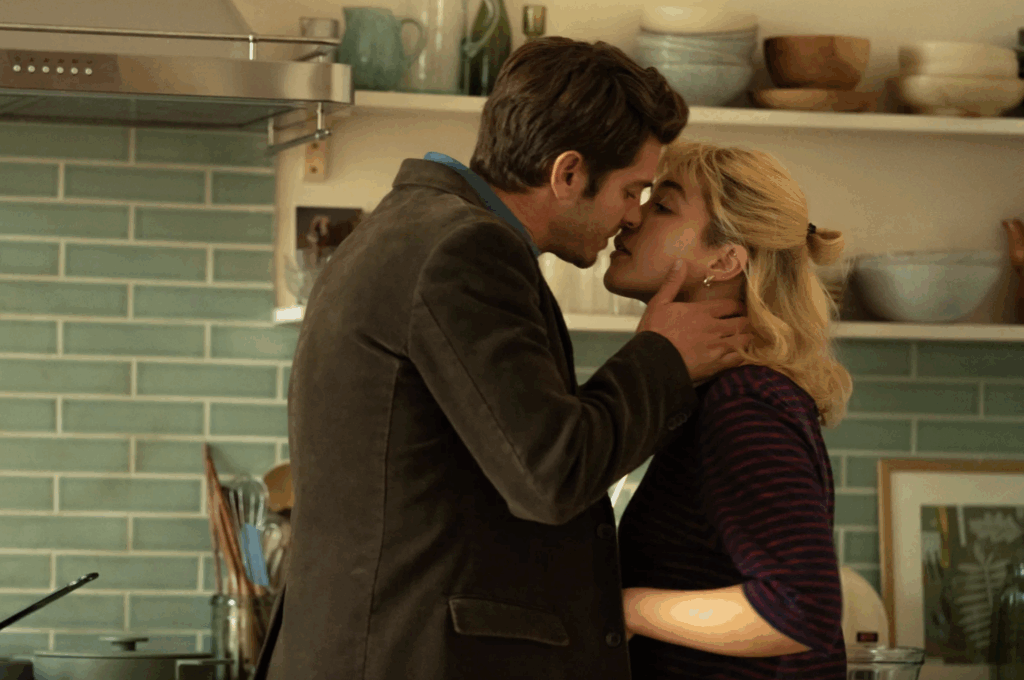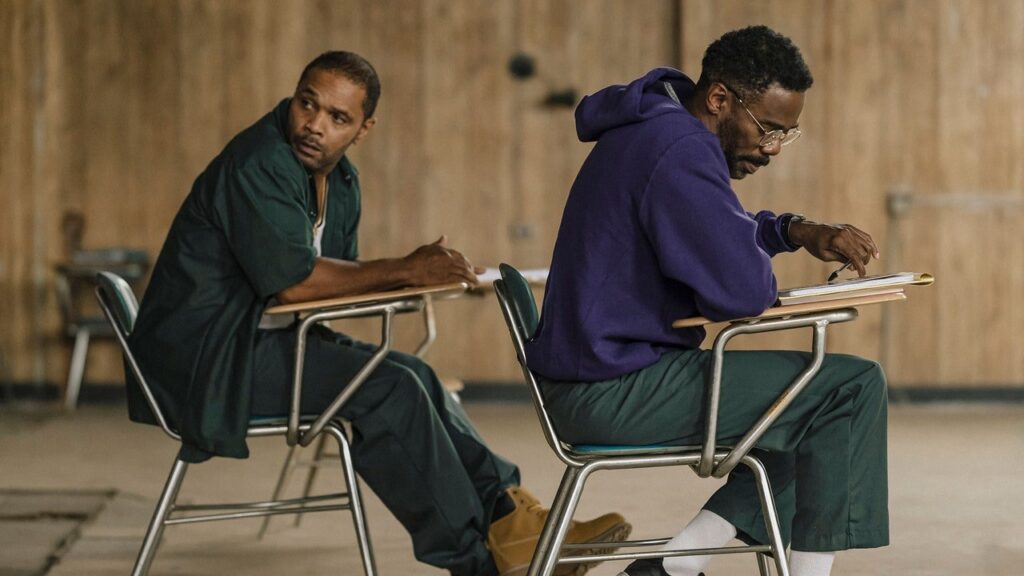The Girl with the Needle (2024)
The face of human evil is insidiously disguised in The Girl with the Needle, though Magnus van Horn’s monochrome cinematography offers a disturbing glimpse behind its warm, maternal mask, adapting a chilling piece of Danish history which once shook the post-war nation to its core.

